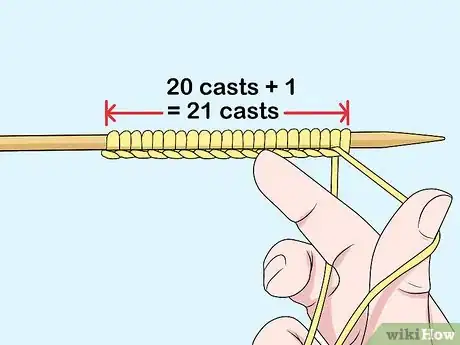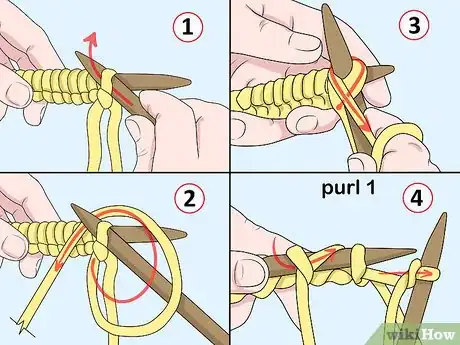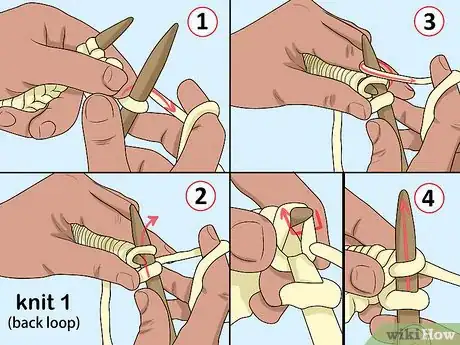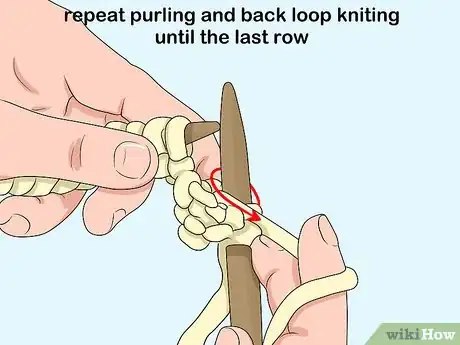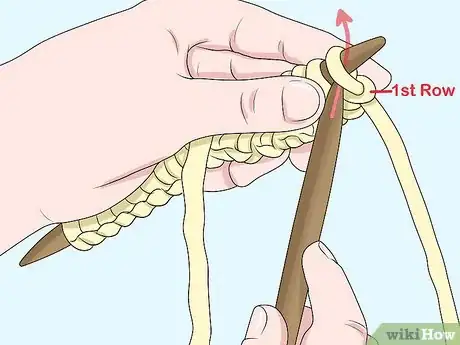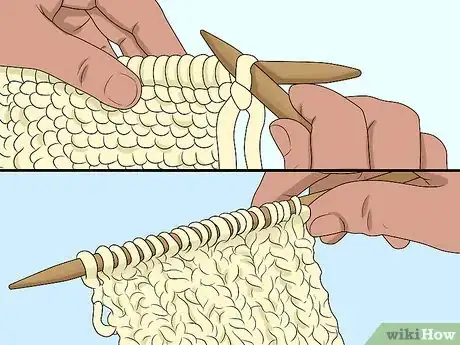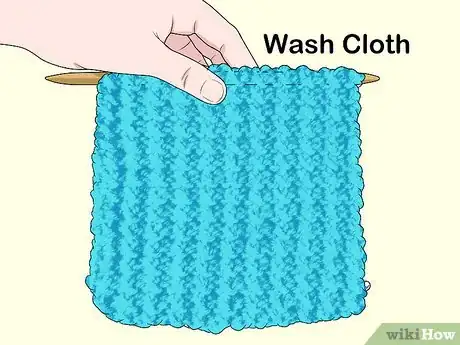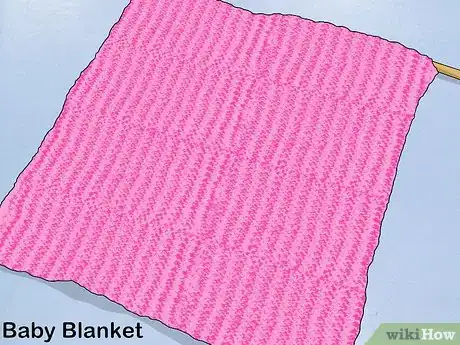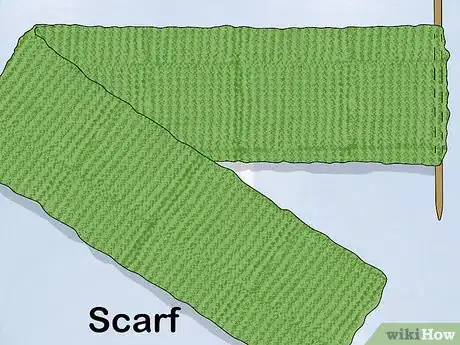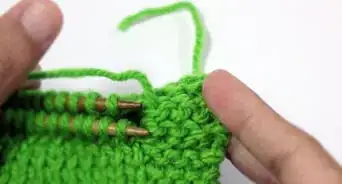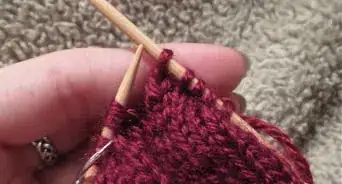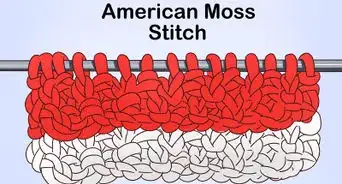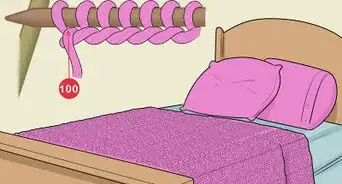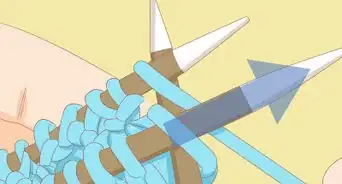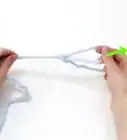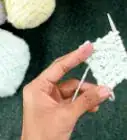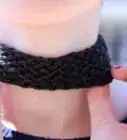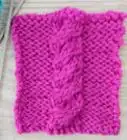X
This article was co-authored by Jen Webber. Jen Webber is a Knitting Specialist and the Manager of The Quarter Stitch, a crafting store based in the French Quarter of New Orleans, Louisiana. With over 17 years of knitting and crafting experience, Jen helps educate customers and the public on best knitting practices for their DIY projects.
This article has been viewed 21,379 times.
The rice stitch is a textured stitch that is incredibly easy to do. You only need to repeat two different row sequences to do this stitch. The rice stitch works great for making washcloths, blankets, scarves, and more.
Steps
Method 1
Method 1 of 2:
Working the Basic Stitch
-
1
-
2Purl one. After you finish casting on your stitches, you can begin working the first row. The first row starts with a purl stitch.[2] To purl, insert the needle into the stitch going towards the front so that the left needle ends up in front of the right needle. Then, loop the yarn over and pull through. As you pull through, slide the stitch off of the left needle and allow the new stitch to slide onto the right needle.Advertisement
-
3Knit one into the back loop. Follow the purl stitch with a knit stitch. However, work this stitch into the back loop of the stitch.[3] To knit, insert the right needle towards the back of your work going through the back loop of the stitch. Then, yarn over and pull through the loop. Let the stitch slide off of the left needle and the new stitch to slide onto the right needle.[4]
-
4Repeat the sequence to the end of the first row. Continue to alternate between purling one stitch and knitting one stitch all the way to the end of the row.
-
5Knit the second row. Your second row will be all knit stitches. Knit all of the stitches in this row as usual. You will repeat this for every even row.[5]
-
6Repeat the sequence of rows until your project is finished. After you have completed your second row, return to the pattern for the first row. Then, repeat row two again.[6]
- Continue repeating rows one and two until your project is finished.
Advertisement
Method 2
Method 2 of 2:
Using the Rice Stitch
-
1Make a washcloth. The rice stitch is ideal for washcloths because of its rough texture. Try making a washcloth with the rice stitch using 100% cotton yarn.[7]
- You will need to check the gauge of your yarn to determine how many stitches to cast on. This number will vary depending on the thickness of your yarn. For example, if you are using a medium weight yarn, then you may need to cast on 25 stitches for a washcloth. However, if you are using a chunky yarn, then you may only need to cast on 11 stitches.
-
2Knit a baby blanket. The rice stitch also makes a cute baby blanket. Try using some baby blanket yarn to make a baby blanket for your own baby or as a gift for someone.
- If you are using a lightweight yarn and a pair of size 8 (5mm) needles, then cast on 163 stitches. Then, begin working in the rice stitch until your blanket is complete.
-
3Create a scarf. The rice stitch also creates an interesting pattern that looks great as a scarf. Try making a scarf for yourself or for a friend.
- Keep in mind that the number of stitches you need to cast on will depend on your yarn type and needles. For example, if you are using chunky yarn, then you can cast on 24 stitches using a pair of size 11 needles. Then, work the rice stitch until your scarf is the desired length.[8]
Advertisement
Things You'll Need
- Yarn
- A pair of knitting needles. Make sure that you check the yarn label to find out what the ideal knitting needle size is for the yarn you are using.
References
- ↑ http://newstitchaday.com/rice-stitch/
- ↑ http://newstitchaday.com/rice-stitch/
- ↑ http://newstitchaday.com/rice-stitch/
- ↑ http://newstitchaday.com/knitting-101-how-to-knit-the-knit-stitch-for-beginners/
- ↑ http://newstitchaday.com/rice-stitch/
- ↑ http://newstitchaday.com/rice-stitch/
- ↑ http://newstitchaday.com/rice-stitch/
- ↑ https://feltmagnet.com/textiles-sewing/How-to-Knit-a-Scarf---An-Illustrated--Step-by-Step-Guide
About This Article
Advertisement
